The steel industry is one of the most carbon intensive sectors and is very challenging to decarbonise. There have been efforts to develop various routes for decarbonising steel production, such as use of hydrogen, carbon capture and storage (CCS), biomass and some industry roadmap development. Steel is one of the core pillars of today’s society and, as one of the most important engineering and construction materials, it is present in many aspects of our lives. However, the industry now needs to cope with pressure to reduce its carbon footprint from both environmental and economic perspectives. Currently, the steel industry is among the three biggest producers of carbon dioxide, with emissions being produced by a limited number of locations; steel plants are therefore a good candidate for decarbonization. While the industry must adapt to these new circumstances, it can also use them as a chance to safeguard its license to continue operating in the long term.
STEEL
DECARBONIZATION PATHWAY
INDUSTRY
HIGHLIGHTS
• 7% of total energy sector emissions.
• 700M new cars on the road equivalent.
• 30% projected growth by 2050.
Strategic Approach
- Quantifying, in detail, the technical potential and likely costs of each possible route for decarbonising primary iron and steel production and recycling, as a function of time and how these routes would interplay.
- Identifying quantitatively and seeking to reconcile the likely conflicts, in terms of resource competition (e.g. the interplay with other uses of electricity, such as increased demand from EVs), between decarbonising steel production and decarbonisation of other sectors and considering optimal matching of energy and materials sources/sinks between the steel industry and diverse industries.
- Defining transition pathways leading to total decarbonisation of the steel industry and then building these into highly quantitative industry roadmaps, incorporating resource uncertainty/resilience and location-specific plans.
- Identify business models, policies and financial support mechanisms that are needed to overcome lock-in of existing technologies and ways of operating, recognising international competitiveness concerns.
Goals
- Partnering with an international group of steel industry leaders & organizations.
- Bringing zero-carbon primary steel production technologies to the African market by 2030.
- Accelerating the growth of scrap-based production.
- Focusing on supply dimensions.
- Demonstrating how steel can be a key part of a net-zero circular economy.
